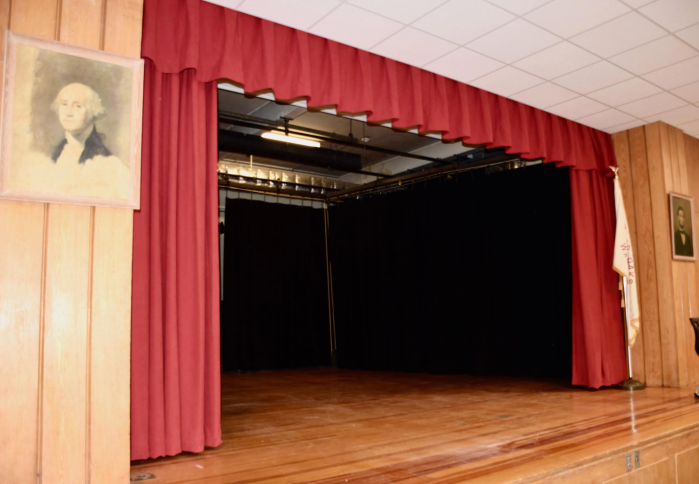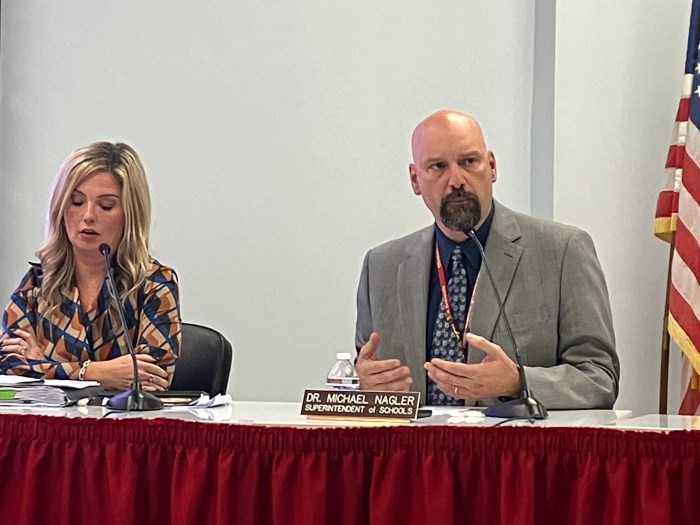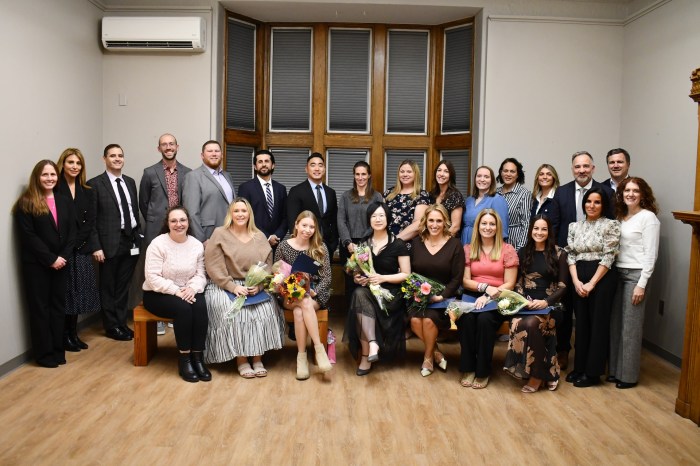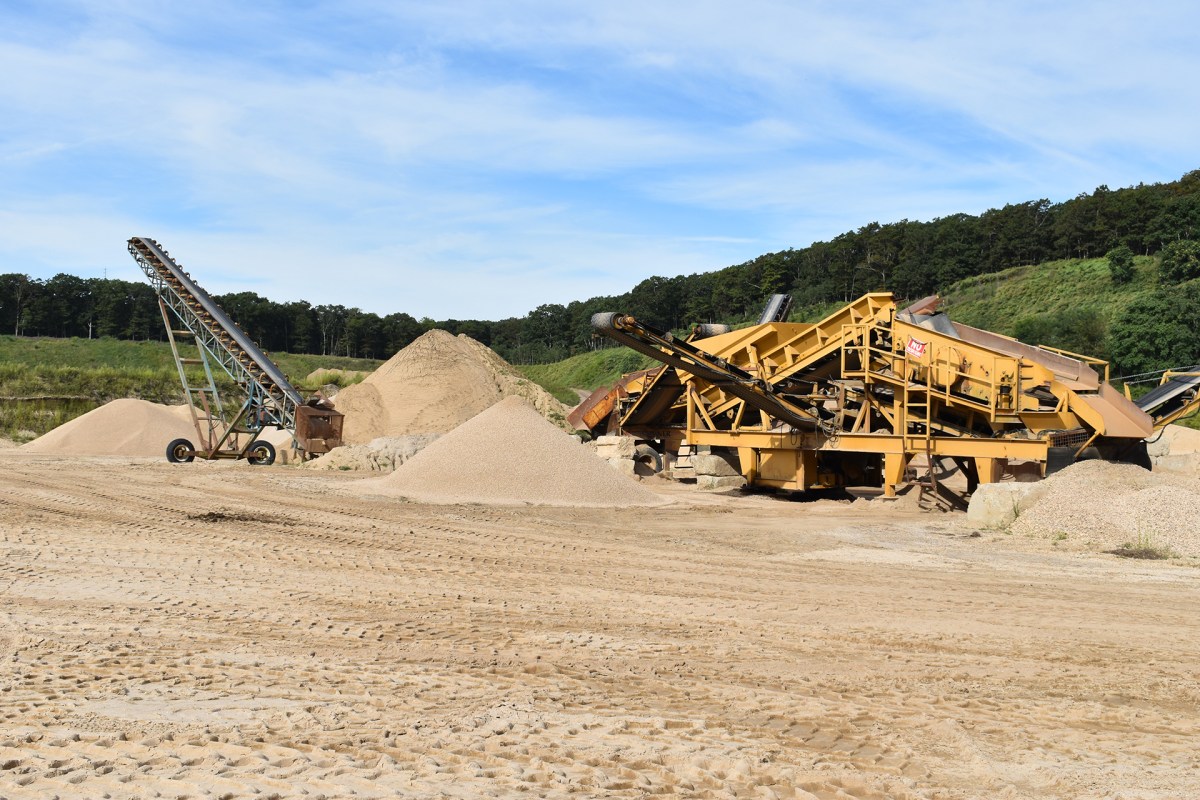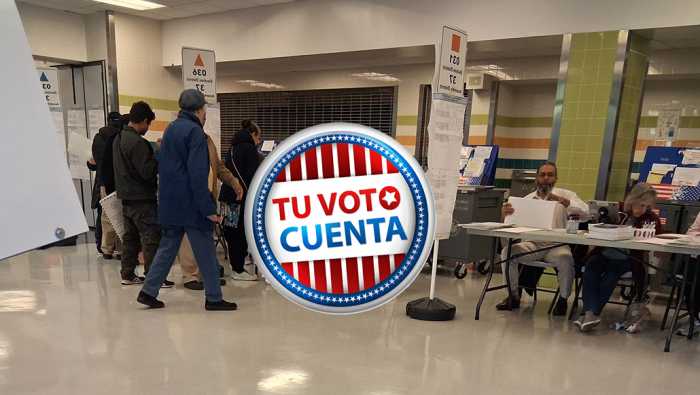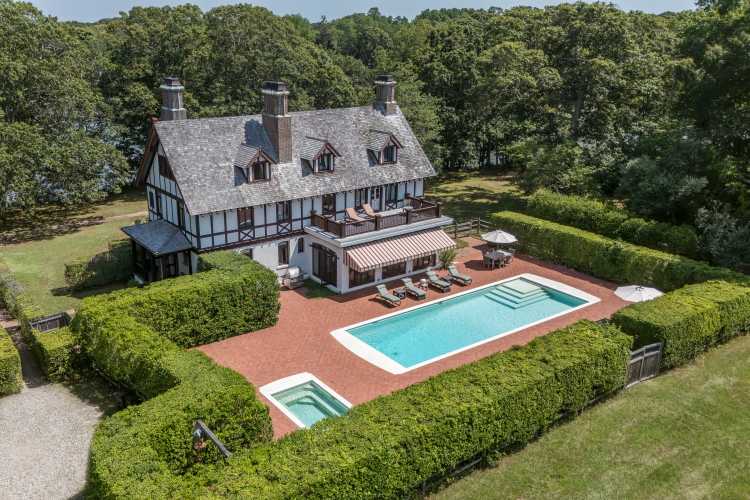Admins seek public input on split schedule, modules or portables
Superintendent Eudes Budhai wants to transform Westbury into a future-ready school district. But he has a few hurdles in his way, including rising enrollment that shows no signs of slowing down.
A recent study done by a demographer shows that enrollment is expected to continue its trend of growing at both the middle and high schools; in 2022-23 that increase will drop at the middle school level, however, the school will still have 100 more students than it has currently.
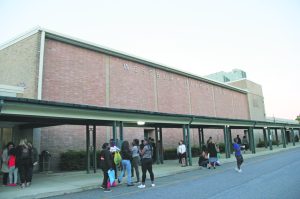
“By the time kindergarten students get to middle school or high school, they will be in the same condition we are in today,” Budhai said.
The school district is currently hosting community input meetings to present to the public three options: a split schedule, portables or modular classrooms. The goal, Budhai said, is to bring back ninth graders back to district facilities while preventing further overcrowding at the high school.
Budhai spoke of the success of the ninth-grade academy at the Nassau Community College Annex, which has paved the way for a small, cohesive learning community, increased attendance and opened doors for 1:1 technology initiatives.
With the one-year lease on the Annex quickly expiring, the district must present the state options on what they plan to do to bring students back to Westbury facilities. One of those options is a split schedule at the high school, which would mean staggering times students are in the building.
Ninth and tenth graders would start class at 7 a.m. and do eight periods, ending their day at 12:48 p.m. The second eight-period session would be for 11th and 12th graders, who would start at 9:56 a.m. and end at 3:44 p.m.
A split schedule poses several problems, however: freshman and sophomore student athletes would have to return to school for sports and extracurriculars, and there would still be a significant period of overlap, from 9:56 a.m. to 12:48 p.m., when all the grades would be in the building.
Going to a split schedule would cost the district a little more than $2.5 million, and an additional $3,000 or so for transportation.
However, as Assistant Superintendent for Finance and Operations Christina Costa pointed out, the district’s building aid rate is at a high of 82.4 percent, making now a good time to do construction.
Costa said that if the district was to continue at the Annex, it would be a cost of about $20 million over 17 years—that’s the time period they would need to borrow debt under the modular plan. If they went to a split schedule, the cost would be more than $42.5 million over that same 17 year period.
“We want to increase options for students
academically and simultaneously, address
the burden and challenges we have with
overcrowding at the middle and high school,”
—Eudes Budhai
With the 82.4 percent rate and the district coming out of a debt service payment in 2020-21, the district could potentially even see a savings.
“In 2020-21 is the final debt service payment we have on the QZAP bond from 2004. We already have those funds and would move them towards the debt for this new proposal,” said Costa. “Those two factors in that conservative analysis would result in about $5 million in savings.”
Modulars would provide 26 additional classrooms—12 at the middle school and 14 at the high school. These pre-fab classrooms would be connected to the existing buildings and have a 20 to 30-year lifespan.
At the high school, the 14 modulars would be dedicated to a ninth-grade academy.
“We’re looking to put the ninth-grade academy in the space we’re creating, which relieves the pressure of the building,” Budhai said. “They’ll be together for physical education, arts, music and those types of classes but for academic core classes, they’ll be in the small learning community, along with their small learning community teachers.”
Portable classrooms are less expensive and require less upkeep, however have a life of about 10 years and would not be connected to the building.
Like with portables, the district is considering adding 12 at the middle school and 14 in the high school. The capacity to get WiFi, would not be the same as with modules, Budhai noted.
A Quick Look At The Numbers
Building Aid Rate: 82.4 %
Essential Improvements: $30 million
Split Schedule: $5.5 million (including transportation)
Modulars: $27 million
12 at the middle school
14 at the high school dedicated
to ninth-grade academy
20 to 30 year lifespan
Connected to buildings
Portables: $11 million
12 at the middle school
14 at the high school
10 year lifespan
Not connected to buildings
But prior to adding on portables or modulars, the district will have to spend $30 million for capital improvements—such as roof replacements, new ceilings and floors at the middle school and high school tennis court upgrades—to bring existing facilities up to state-approved standards.
Modulars would be an additional $27 million; portables would be $11 million. The project would have to be approved by the community in a referendum, and Budhai said they’re still in the process of getting input from the community.
“We want to hear from the community about any concerns they may have and give them the options,” Budhai said. “We want to listen to any suggestions the community has expressed so the board can make a decision on what option they’ll go with. And that’s part of the referendum timeline.”
And while those additions or a split schedule are still being considered, that won’t stop the momentum on making Westbury more of a 21st century classroom. Budhai said the district has allocated funds for capital projects to renovate 16 classrooms at the elementary school level (four in each building), as well as two high school science labs.
“This will allow us to prepare our students at elementary grades to get prepared for middle and high school academics,” said Budhai. “We want to increase options for students academically and simultaneously, address the burden and challenges we have with overcrowding at the middle and high school.”





